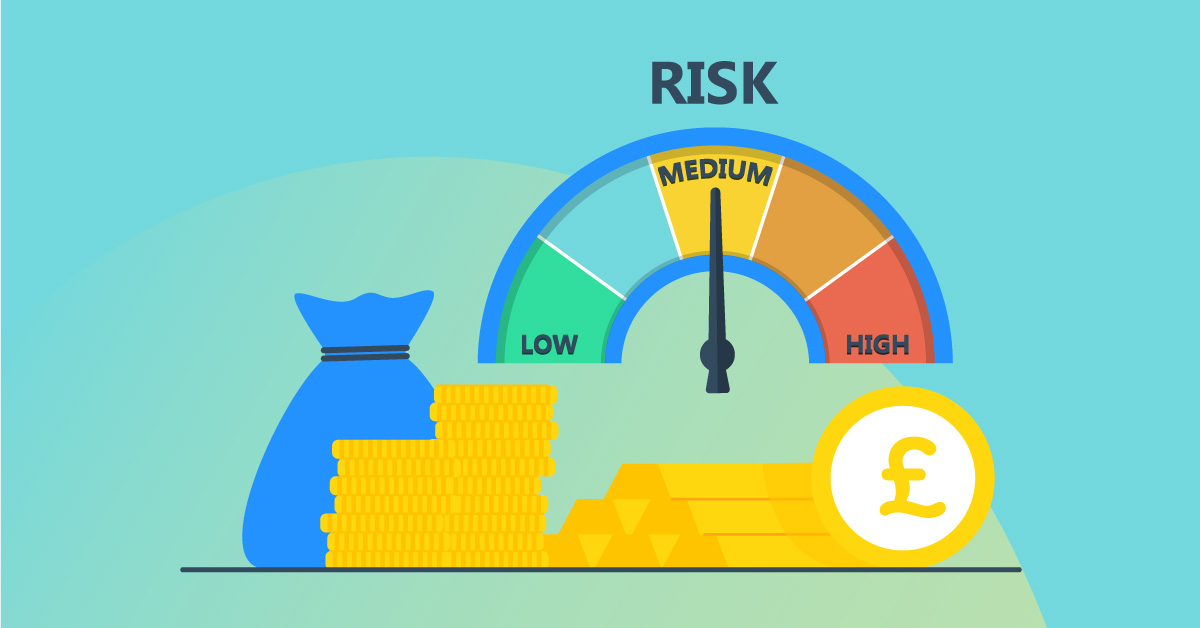Written by Landytech
5 Oct 2023Risk management is a complex domain of expertise. Navigating today’s fast-paced and volatile markets with confidence and clarity takes a proven infrastructure, along with specialised risk and technology skillsets to deliver the timely insights needed to make investment decisions quickly and provide the high-quality reports allocators expect.
Right from inception, asset managers need a robust, institutional-grade risk management capability to attract investor allocations and meet clients’ ongoing demands. Without one, you likely won’t even make it through the due diligence process. But what does an in-house risk management and reporting function need to have in practice?
The cornerstones of in-house risk management
Any asset manager that wants to manage the risk function in-house will need capabilities in five key areas:
1. An institutional-grade risk system
Investors and regulators prefer the validated and audited model robustness of industry-recognised risk engines. That saves asset managers from developing their own risk system in-house. But the industry-benchmark systems can prove expensive and difficult to implement without the right expertise.
There is also the challenge of selecting the right system, with different types of risk systems best suited to varying use cases and investment strategies. Broadly, risk systems fall into two broad categories, repricing and factor models. The table below summarises the differences between the two, using MSCI RiskMetrics and BarraOne as examples:

2. Advanced risk analytics
To deliver standout investment performance and client experience, asset managers must employ a range of advanced risk and performance analytics – including different VaR metrics, customisable scenario analyses, stress testing and liquidity. And the analytics outputs must be high quality and available on-demand. A turnaround time of two to three weeks to extract, rework and collate data to produce the risk calculations investors want to see is no longer acceptable.
3. Internal modelling expertise
Risk models must be comprehensive and robust. They are also becoming ever more complicated. For example, non-linear derivative instruments (such as options, swaps and converts) may require specific calibration processes or pricing overrides to produce results that fit with the fund manager’s particular needs. Or specific calibrations may be required on lookback or frequency for beta or calculation. That demands finance professionals with quant expertise to calibrate the risk system to the investment manager’s asset mix and individual circumstances.
Moreover, flexibility is crucial to ensure that asset managers can access relevant, up-to-date analysis as market conditions change and new risks arise. It’s vital to develop and customise stress tests to keep pace with evolving scenarios.
4. Automated data sourcing
Risk systems require a vast amount of data. To optimise the engine’s results, an asset manager will need to automate all the feeds, source positions and transactions from different providers (the fund admin, prime broker, portfolio management system), and consolidate, cleanse and enrich the data.
That takes knowledge and investment. Additional challenges include mapping the daily positions and transactions to the system from any format, sourcing missing data, monitoring for problems and rectifying errors.
5. Scalable database architecture
The risk system is only one part of the technology framework. It needs a supporting infrastructure able to automatically receive and store the data, interact with the risk system and create timely, accurate internal, investor and regulatory reports. Efficiency, scalability and reliability are essential.
Databases must be built with the right table structures, and correct relationships between the tables. Robust calculation processes are needed to transform the data so it can be fed to the risk engine. Reports have to be delivered in the format investors want. And the entire infrastructure requires robust cybersecurity protections, with data encrypted in transit and at rest.
Drive efficiency and scalability with outsourced risk management
For asset managers looking to win mandates from institutional investors, it has never been more important to put risk management at the heart of investment decision-making and reporting. Yet with the need to pay for expensive risk systems and internal expertise, for budget-constrained asset managers it can be difficult to achieve.
Outsourced risk management can provide asset managers with cost-effective access to institutional-grade risk systems and risk management expertise at a fraction of building the capability internally. This enables the internal team to focus on their core competencies, such as portfolio management and client acquisition, leveraging outsourced risk management as a strategic advantage.
Discover how leveraging outsourced risk management could be your stepping stone to securing institutional mandates and elevating the investor experience for your existing clientele.
To learn more about the importance of providing an institutional-grade risk management capability read our latest whitepaper: Risk Management: what do allocators expect?
Related Content

7 things to consider when choosing a risk management provider
In a rapidly evolving landscape, asset managers are increasingly relyingon risk management providers. Meeting regulatory expectations and the needs of increasingly demanding investors means thatfinding the ideal partneris more important than ever.

Top Challenges for Asset Managers and How Technology Can Tackle Them
Asset managers continue to grapple with a number of challenges spanning cost squeezes, fee pressures and patchy returns. They are under pressure to find significant operational efficiencies, and fast. The question of how far managers should go in...

How much does it really cost to meet allocators' risk management expectations?
Implementing a fit-for-purpose risk management and reporting function is expensive. But for asset managers, the cost of sub-standard risk capabilities is even higher.
With risk management an increasingly central focus in investor and consultant due...



.png?width=1200&height=800&name=HubDB%20Investment%20Hub%20Graphic%20(1).png)


.png?width=800&height=550&name=Asset%20graphics%20for%20website%20(2).png)



